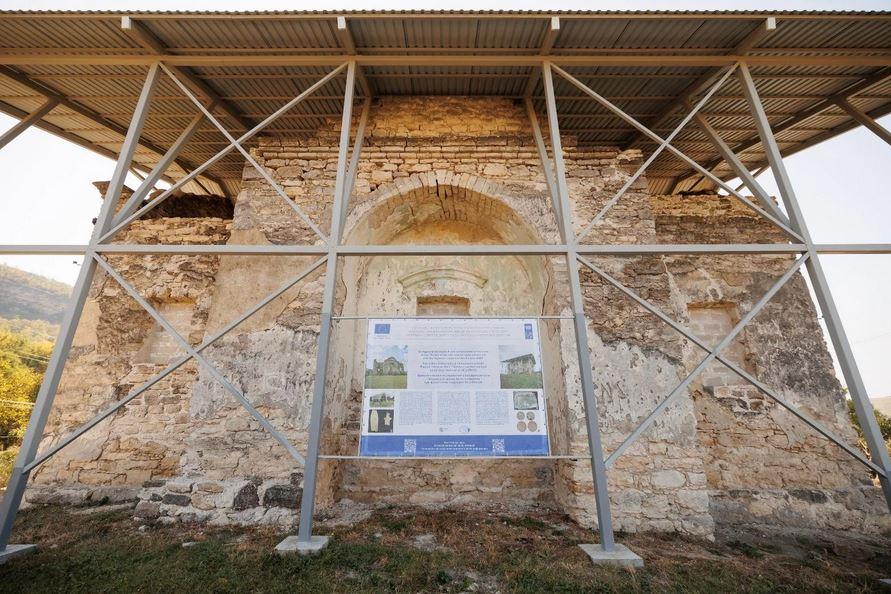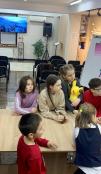Rașcov on the left bank of the Nistru River develops its tourism potential with EU support

The archaeological research was carried out from 9 October to 15 November 2022. Subsequently, archaeologists, historians and architects combined field and office work to document the research in a monograph. On the occasion of the launch of this monograph, a scientific conference was organised on 28 September 2023, bringing together experts from both sides of the Nistru River.
Magdalena Mueller-Uri, Head of the Cooperation Section of the Delegation of the European Union to the Republic of Moldova remarked: “The conservation efforts of synagogue and Rașcov church not only breathed life into two remarkable buildings but have also enriched the cultural heritage of Rașcov. Archaeological excavations in 2022 unveiled secrets buried for centuries, fostering a sense of shared discovery within the community. The European Union firmly believes that culture is not only a reflection of a society’s identity and history but also a powerful force that drives the harmonious development of any community. It possesses the unique ability to transcend boundaries and foster connections, regardless of political or geographical divisions. Culture is the common thread that unites us all”.
Research has been carried out both outside and inside the church, uncovering a number of fascinating facts about the construction and history of this tourist attraction. The main objectives of the research were to identify the building layers of the church and to verify the existence of older structures in the same location, as well as to culturally and chronologically attribute these findings.
Andrea Cuzyova, UNDP Deputy Resident Representative to the Republic of Moldova said: “we are glad to see that this Scientific Conference brings together the local community, cultural and tourism institutions, and experts from both banks of the Nistru river. This is the power of cultural heritage — to build bridges, inspire cooperation, and instill confidence. Through these remarkable projects, Rașcov has the potential to become a unique tourist attraction — a place where visitors from around the world can explore the richness and cultural diversity of this exceptional community. Moreover, as tourism flourishes in Rașcov, it will bring economic opportunities to the local community. Hospitality, guided tours, artisanal crafts, and traditional cuisine are just a few of the sectors that can benefit from an influx of tourists. This, in turn, can boost the local economy, create jobs, and contribute to the overall well-being of the residents.”
During the research project, a new archaeological site belonging to the Cucuteni-Tripolia archaeological community and the oldest Christian necropolis in the region dating from the 17th-18th centuries were discovered unexpectedly. In addition, remains were discovered – several teeth and small fragments of the lower jaw of an animal. They belonged to a young elephant of the genus Mammuthus, which lived in these parts about 100,000 years ago.
All the information and archaeological findings from the period of research have been included in the monograph “Historical Rașcov”. The results of this archaeological research make a significant contribution to the understanding of the history and cultural heritage of the village of Rașcov and the surrounding region. They can have a positive impact on the development of the tourism potential of the area, shedding light on the rich cultural and historical heritage of this place.
Previously, within the framework of the EU “Confidence Building Measures” programme implemented by UNDP, two local cultural heritage sites, namely the synagogue and the ruins of the church of Rașcov, were conserved and partially restored.
The EU “Confidence Building Measures” programme, implemented by UNDP, contributes to building trust between the inhabitants of both sides of the Nistru River by involving them in joint development projects.





